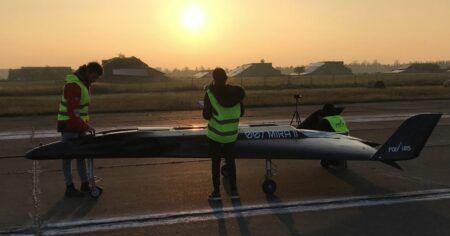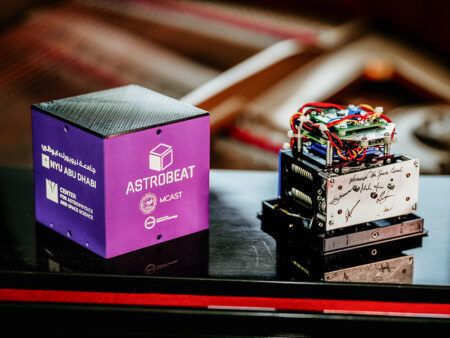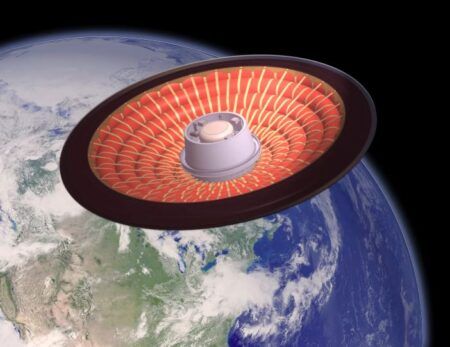World View, a commercial spaceflight company, has successfully completed a major milestone test flight on October 24-25 which carried a scaled down, replica spacecraft to a final altitude of 100,475 ft (30,624 meters).
This sub-scale test flight demonstrated foundational technologies necessary for regular, operational flight, and proves that commercial flight to the edge of space via high-altitude balloon will serve as a viable and major form of transport in the emerging private space travel industry, the company said. The flight launched from Page, Arizona, one of the locations from where World View plans to fly Voyagers to the edge of space.
World View’s chief executive officer and co-founder Jane Poynter said, “This test flight is symbolic of a major step toward a new era of accessible space travel for us all.”
Before advancing to full-scale system testing, World View needed to combine two critical achievements from past milestone flights – high-altitude parafoil flight, and full flight operations with a sub-scale payload. This flight successfully achieved all objectives.
High-altitude ballooning technology has been around for decades, but developing a human-rated flight system to allow for a flawless launch, gentle ride and pinpoint landing required World View to innovate on existing technology. In particular, this test flight focused on demonstrating three key flight features:
Gentle Liftoff – The balloon that will carry the World View spacecraft expands to around the size of a football stadium (or approximately 14,000,000ft³) when fully inflated.
Seamless Transition – The transition from balloon float at the edge of space to aerodynamic flight requires that the spacecraft detach from the high-altitude balloon.
Smooth Descent – The spacecraft will use a high-tech aerodynamic descent system to allow the pilot and flight team to land the spacecraft at a pre-determined landing strip.
Chief technology officer and co-founder Taber MacCallum said, “Now we’re ready for the next major phase of development – full scale system testing.”
Full scale tests will use a flight test article with mass and aerodynamics equivalent to the World View Voyager spacecraft.
Commercial manned flights are scheduled to begin in 2017. Passengers will pay $75,000 each to travel to the edge of space where the will be able to witness its blackness and as well as a sunrise against the curvature of the Earth. The final capsule will be comfortably styled, offering wi-fi, a bar and a lavatory for Voyagers as they float along the edge of space for one-to-two hours at peak altitude of 100,000 feet.
Click here to watch a video for further information.
October 30, 2015




